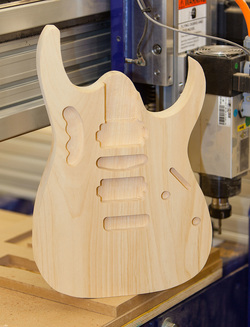
We have been slowly moving forward with our solid body guitar work on the CNC. A pine blank was glued up (much cheaper to learn on pine than a more expensive blank) which made it easier to mill and work on with hand tools. This is a first-build for the student making one of these so he can practice and shape it much easier in pine. You may notice that it looks like some of the CNC work should have gone completely through the blank?!? We didn't have a long enough bit to accomplish this yet but we will when it comes to the actual body. Along the way we have learned a ton about the importing of vectors, images, node editing, creation of tool paths not to mention making guitars. The nice thing is that once we have this particular design down it will always be available for use by other students.
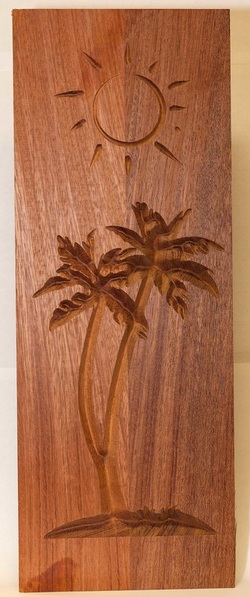
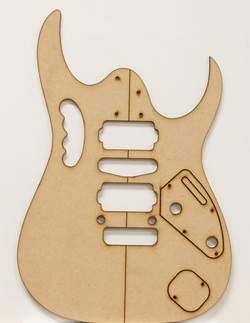

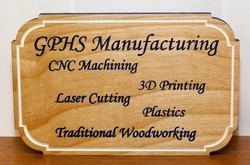
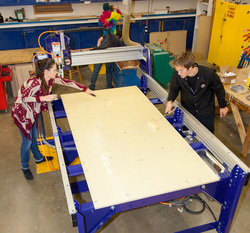
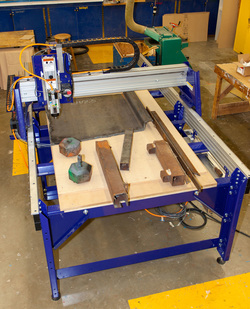
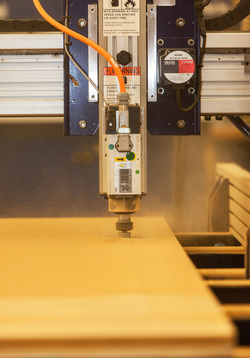
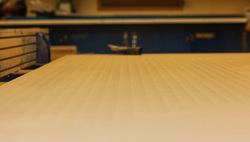
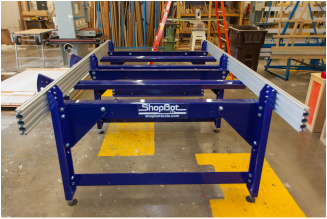

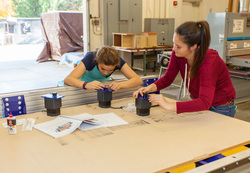
 RSS Feed
RSS Feed